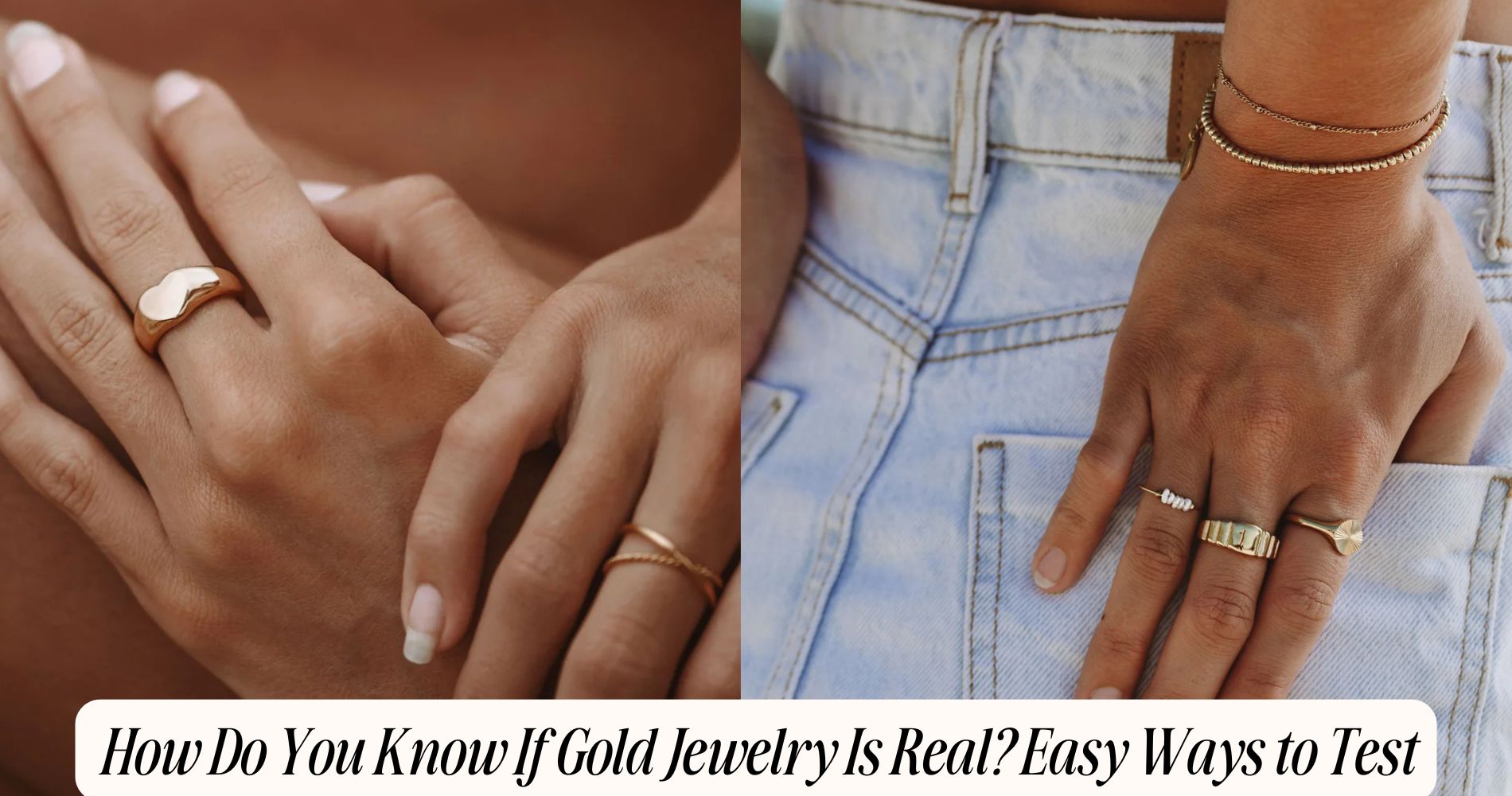
How Do You Know If Gold Jewelry Is Real? Easy Ways to Test
Wondering how do you know if gold jewelry is real? Start with a visual inspection—look for hallmark stamps indicating purity, such as 10K, 14K, or 18K. You can also perform a magnet test since genuine gold is non-magnetic. For a more accurate assessment, try an acid test by scratching the piece on a testing stone, applying acid, and observing the reaction. Another method is checking density—gold should have a density of around 19.3 g/cm³. These tests can help verify authenticity, but there’s more to consider when evaluating gold quality. If you're searching for high-quality pieces, explore Atolea's affordable gold rings collection.
Visual Inspection Techniques
When evaluating the authenticity of gold jewelry, a thorough visual inspection is essential.
Start by examining the jewelry design; genuine gold pieces often exhibit intricate craftsmanship and attention to detail. Look for any inconsistencies or irregularities that might indicate a counterfeit.
Next, pay close attention to color variations. Real gold maintains a consistent hue, while fake pieces may have uneven coloring or a dull appearance.
Check for hallmark stamps, which can provide information about the gold's purity.
Finally, observe how the piece interacts with light; authentic gold has a warm, rich glow.
Magnet Test Method
Although the magnet test isn't the most definitive method for evaluating gold jewelry, it can still serve as a quick preliminary check for authenticity.
Gold, being a non-magnetic metal, won't react to a magnet. If your jewelry is attracted to a magnet, it likely contains other metals, such as iron or nickel, which can compromise its jewelry authenticity.
However, keep in mind that some gold alloys may exhibit slight magnetic properties due to the presence of specific metals.
To perform the test, simply bring a strong magnet close to your jewelry. If there's no attraction, it's a good sign, but don't rely solely on this method.
Pair the magnet test with other evaluations for a more thorough assessment of your gold jewelry's authenticity.
Acid Test for Gold
To accurately assess the purity of your gold jewelry, you'll need specific testing materials, including acid solutions and a testing stone.
The acid test involves a systematic procedure that can reveal the karat weight of your gold piece.
We'll walk you through the necessary steps to guarantee precise and reliable results.
Testing Materials Needed
Before you begin the acid test for gold, it's essential to gather the appropriate testing materials to guarantee accurate results.
You'll need specific testing tools, including gold testing acid solutions, a testing stone, and a dropper for precise application. Generally, these acids come in different karat values, allowing you to compare your jewelry against known standards.
Ascertain you source these materials from reputable material sources to avoid contamination or inaccurate results. You might also want to keep a clean cloth handy for any residue that may remain after testing.
Step-by-Step Procedure
Once you've gathered your testing materials, you can proceed with the acid test for gold, which involves a systematic approach to guarantee accuracy.
First, select a small, inconspicuous area on your jewelry and gently scratch it against a testing stone to create a mark.
Next, apply a drop of the appropriate acid solution based on the karat rating you suspect.
Observe the reaction: real gold will maintain its color, while fake gold will react and discolor.
This step is essential in gold authenticity methods, as it provides a clear indication of your jewelry's composition.
Always follow safety precautions when handling acids, and remember that jewelry testing techniques can vary, so confirm you're using the correct procedures for reliable results.
Density Test Explained
To understand the authenticity of your gold jewelry, the density test offers a reliable method based on the principle of mass and volume.
You'll measure the item's weight in air and then again while submerged in water, allowing you to calculate its density.
Accurately interpreting these results can confirm whether your piece meets the expected density for its karat rating.
Understanding Gold Density
Understanding gold density is essential for accurately evaluating the authenticity of gold jewelry, as it provides a reliable method for identifying its purity.
Gold density is the mass of gold per unit volume, typically measured in grams per cubic centimeter. Pure gold (24K) has a density of approximately 19.3 g/cm³, while lower karat gold often contains metal alloys, which dilute its density.
Conducting the Test
Conducting a density test is a straightforward yet effective way to assess the authenticity of gold jewelry.
Start by weighing your piece accurately using a digital scale to obtain its mass in grams. Next, immerse the jewelry in water and measure the displaced water volume in milliliters.
Divide the mass by the volume to calculate the density. Pure gold has a density of approximately 19.3 g/cm³, so compare your result against this benchmark.
It's essential to recognize that while this method is reliable, the testing accuracy can vary based on the precision of your measurements.
Different test types exist, but the density test offers a quick and effective means to determine the authenticity of your gold jewelry.
Interpreting Results Accurately
How can you accurately interpret the results of your density test for gold jewelry?
First, calculate the density by dividing the weight of the jewelry by the volume of water it displaces.
Compare this density value to known densities of gold alloys. Pure gold has a density of approximately 19.3 g/cm³, while lower karats will have lower densities.
For accurate assessment, verify you use precise measurements and consider any additional materials in the piece, like gemstones or less dense metals.
If your results indicate a density notably lower than expected, it may suggest the jewelry isn't real gold.
Always document your findings for thorough results interpretation and reference.
This systematic approach will help you confidently evaluate your jewelry's authenticity.
Hallmark Identification
When examining gold jewelry, hallmark identification plays an essential role in determining its authenticity and purity. Hallmarks serve as a guarantee of gold purity, indicating the karat level, such as 10K, 14K, or 18K.
These marks can vary by country, with some common hallmark variations found in the U.S., Europe, and Asia. A reputable jeweler typically employs standardized symbols to denote quality, ensuring trustworthiness.
Always check for additional marks, like the manufacturer's logo, which can further validate the piece's origin. Familiarizing yourself with specific hallmarks can help you distinguish real gold from counterfeit materials, thereby enhancing your confidence during purchases.
Water Displacement Test
The water displacement test is a practical and effective method for evaluating the density of gold jewelry, helping you determine its authenticity.
To perform this test, fill a graduated cylinder or measuring cup with water and note the initial water volume. Carefully submerge your jewelry, ensuring it doesn't touch the sides. Measure the new water level and subtract the initial volume from this value to find the water displaced.
Gold has a specific density; if your jewelry displaces a volume consistent with its weight, it's likely authentic. For instance, 14K gold typically has a density of around 12.9 g/cm³.
This simple yet insightful method provides a hands-on approach to appraising jewelry authenticity without relying on external appraisals.
Professional Appraisal Options
While the water displacement test offers a straightforward way to assess gold jewelry's authenticity, seeking a professional appraisal can provide a more in-depth evaluation.
Professional appraisal services specialize in jewelry valuation and can authenticate your pieces with expertise. Experts utilize advanced tools and techniques, such as X-ray fluorescence or acid testing, to determine gold content accurately.
They also consider the craftsmanship, design, and market trends, which can greatly affect the value of your jewelry. A certified appraiser can offer you a detailed report that includes both the authenticity and estimated market value.
This extensive assessment not only guarantees you know what you possess but also aids in insurance purposes or potential resale, giving you peace of mind regarding your investment.
Frequently Asked Questions
How Can I Clean My Gold Jewelry Without Damaging It?
To clean your gold jewelry without damage, use a gentle jewelry cleaning solution and a soft cloth. Regular gold maintenance, like this, guarantees your pieces remain shiny and free from scratches or tarnish.
What Do Different Gold Karats Mean for Value?
Different gold karats indicate purity levels, impacting value considerably. For instance, 24-karat gold is pure, while 14-karat contains less gold, affecting its market worth. Understanding these distinctions helps you assess your jewelry's true value effectively.
How Can I Store Gold Jewelry to Prevent Tarnishing?
To prevent tarnishing, store your gold jewelry in anti-tarnish pouches or lined boxes. Keep pieces separated to avoid scratches, and maintain a dry environment, as moisture accelerates tarnish. Regularly clean your jewelry for lasting shine.
Can Gold Jewelry Be Resized Without Losing Value?
Yes, resizing jewelry can be done without losing value, provided it's performed by a skilled jeweler. Proper techniques guarantee integrity, maintaining the piece's original craftsmanship, which is essential for value retention in gold jewelry.
Conclusion
By employing these straightforward testing methods, you can confidently determine the authenticity of your gold jewelry. Whether you opt for visual inspections, magnet tests, or more advanced techniques like acid tests and density checks, each approach provides valuable insights. Don't overlook hallmark identification, as it often indicates quality and legitimacy. If uncertainty remains, seeking a professional appraisal guarantees you have expert confirmation. With these tools, you can safeguard your investment and enjoy your jewelry with peace of mind.








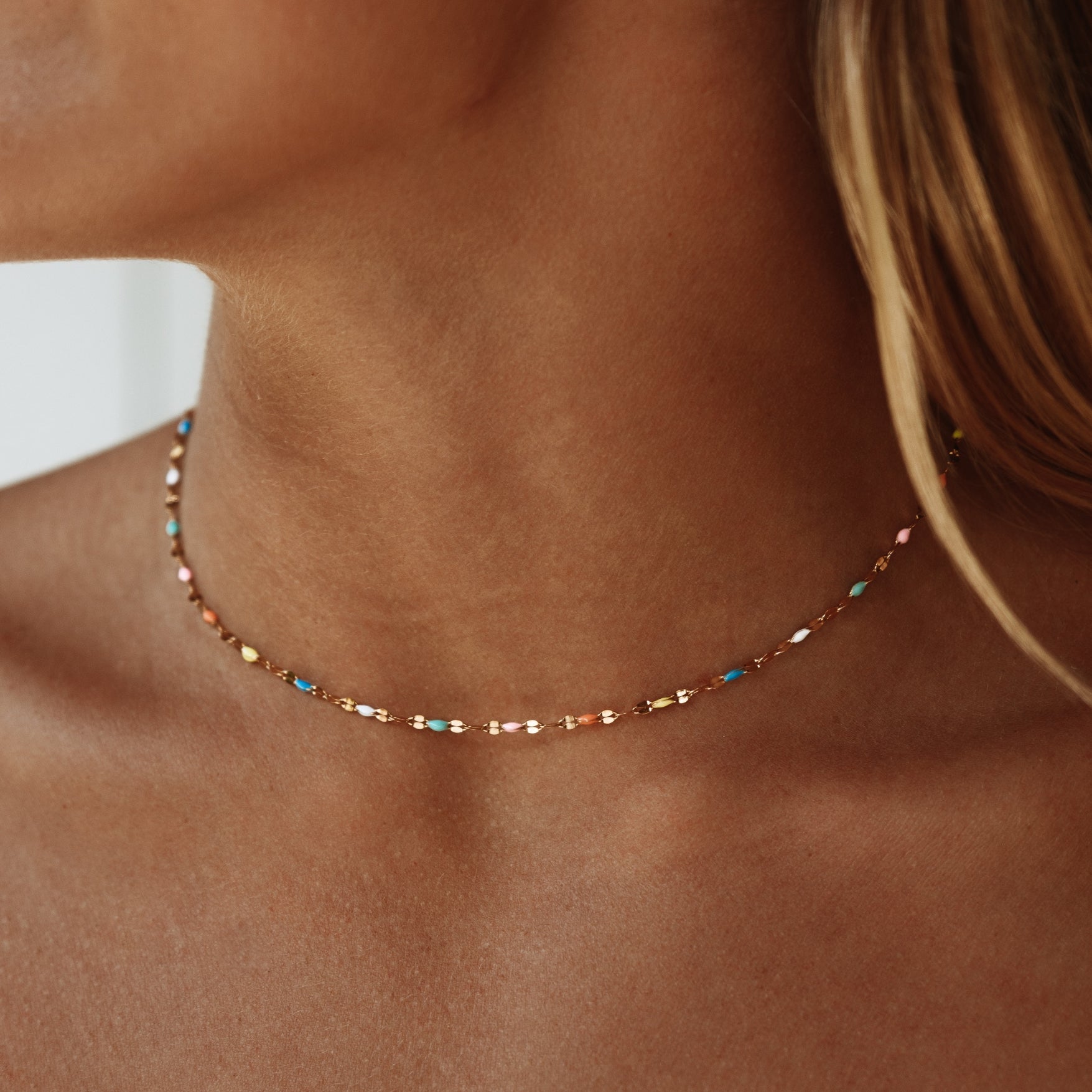
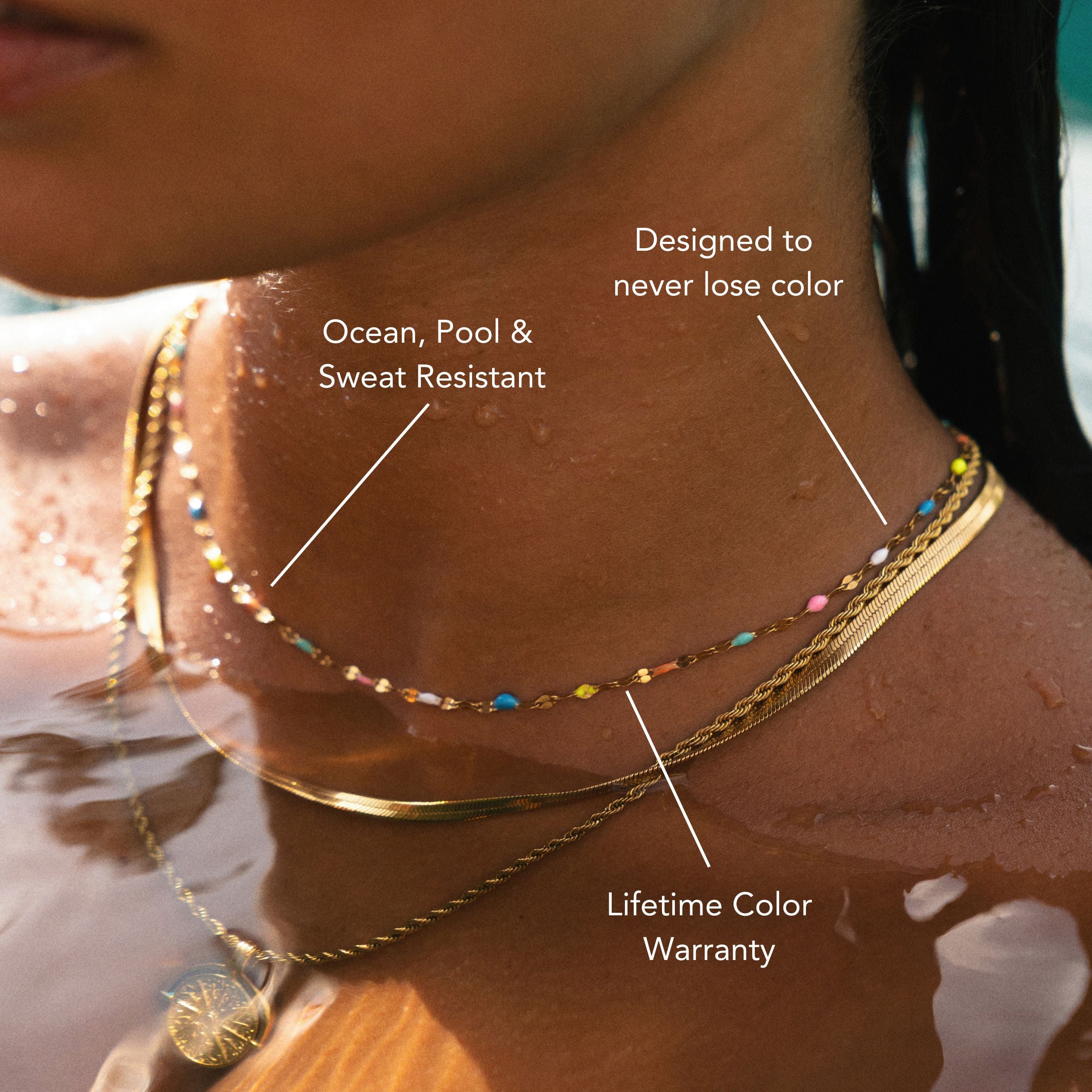
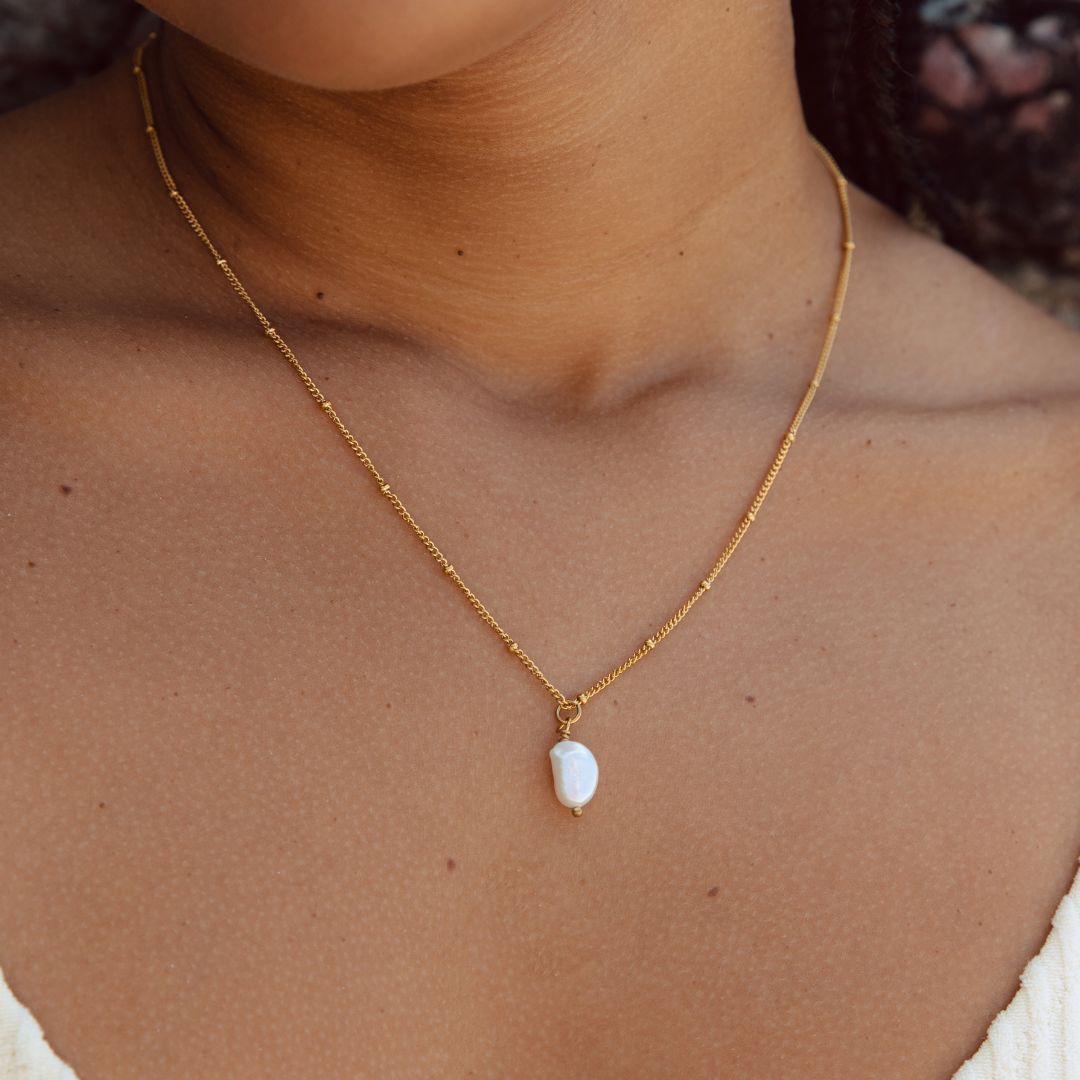

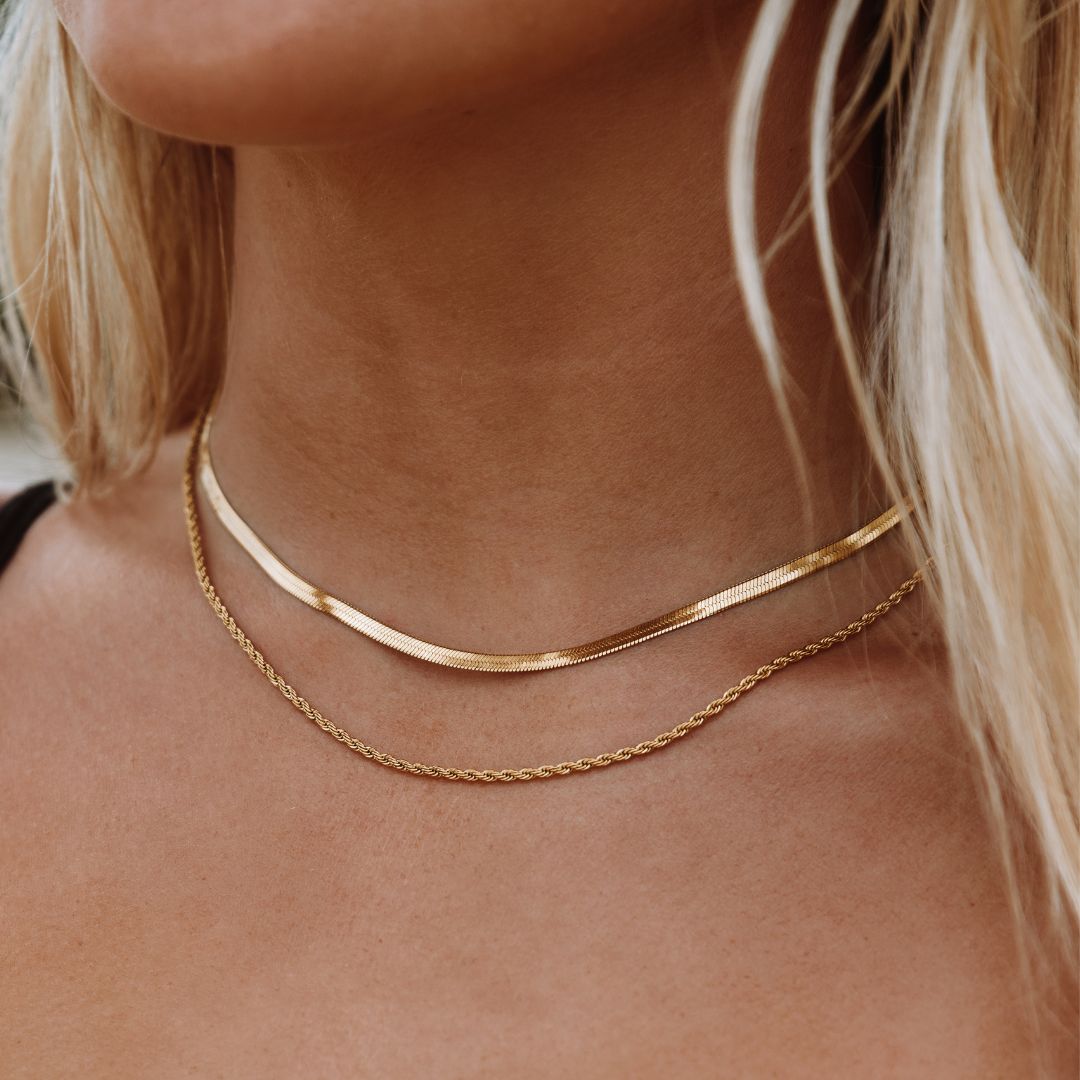
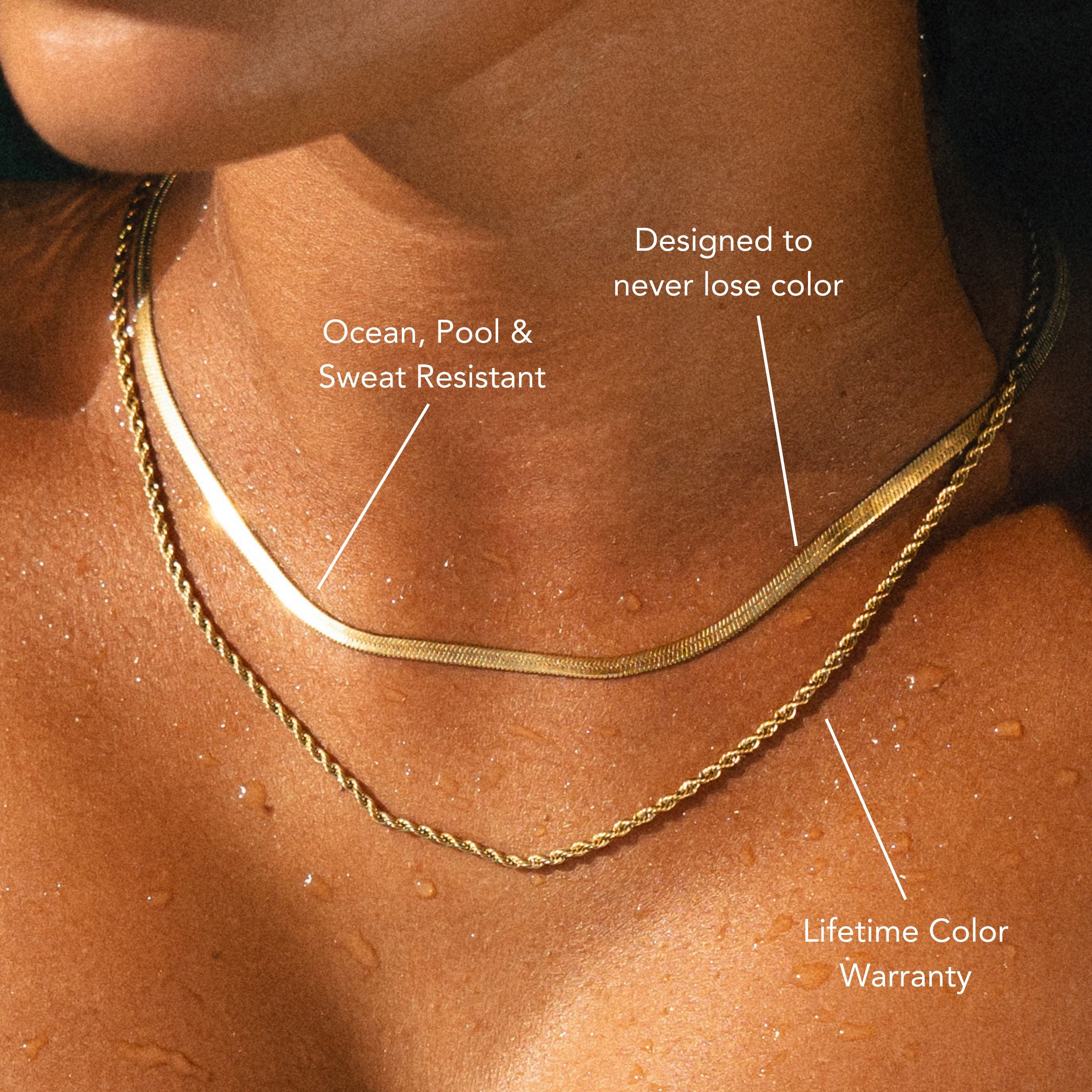
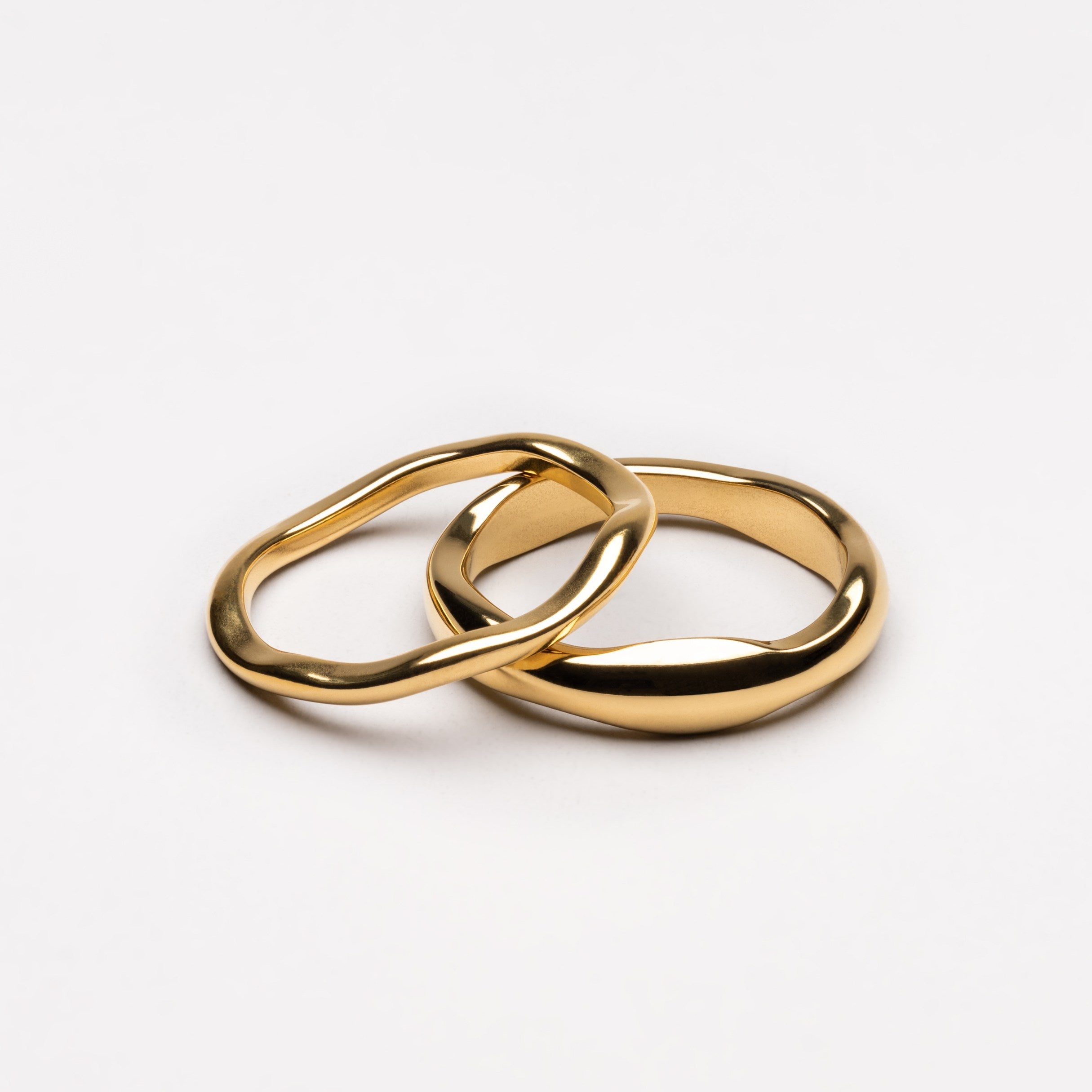

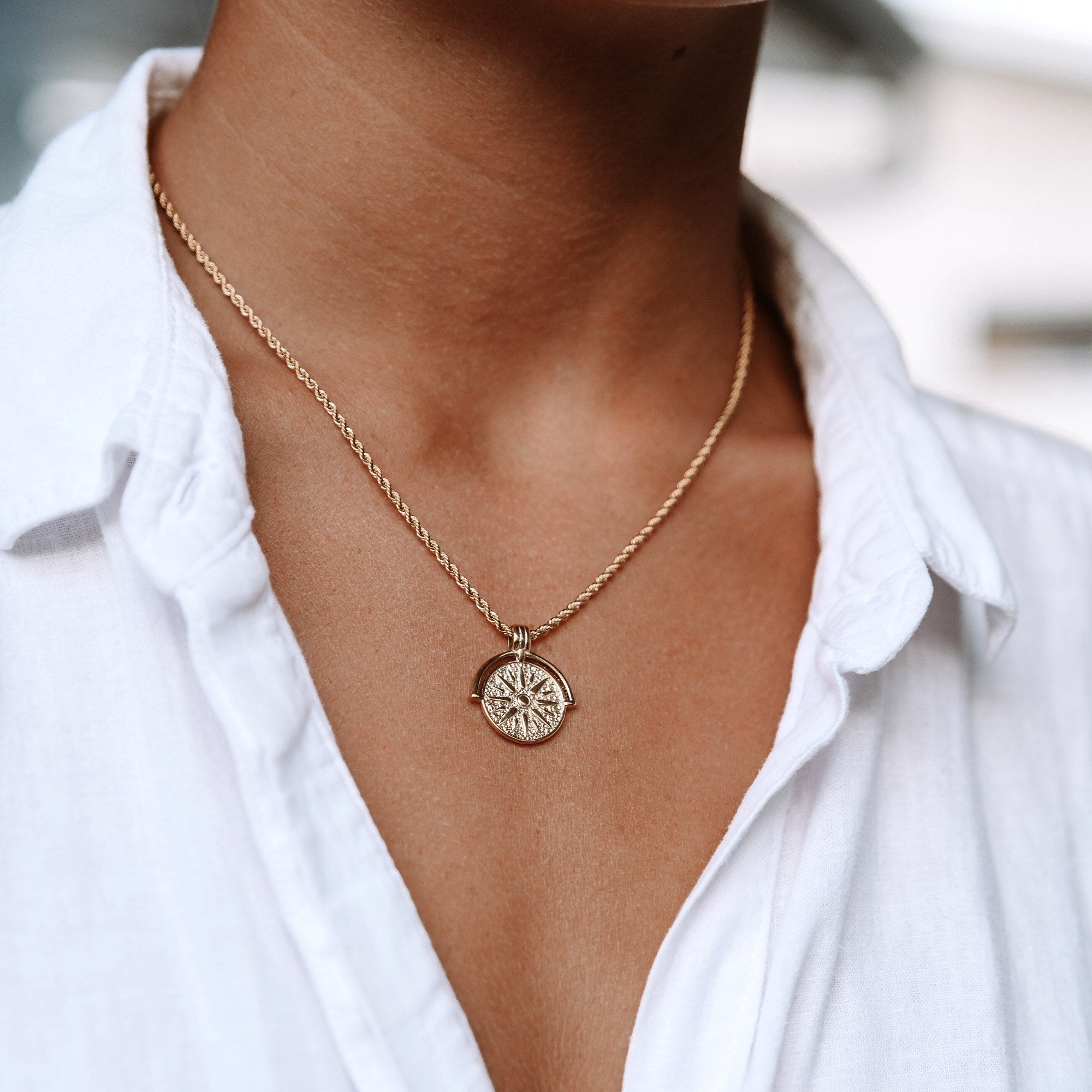
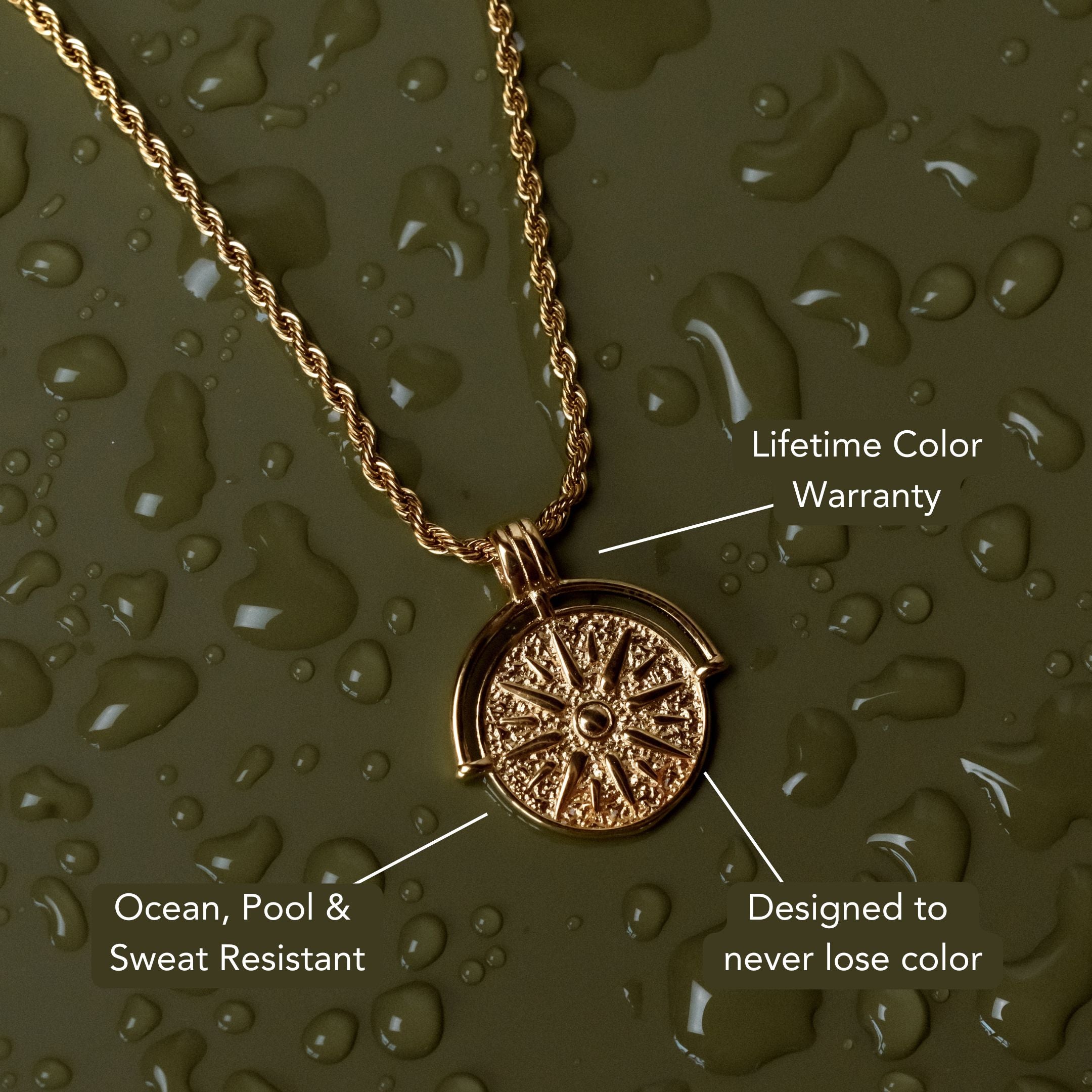

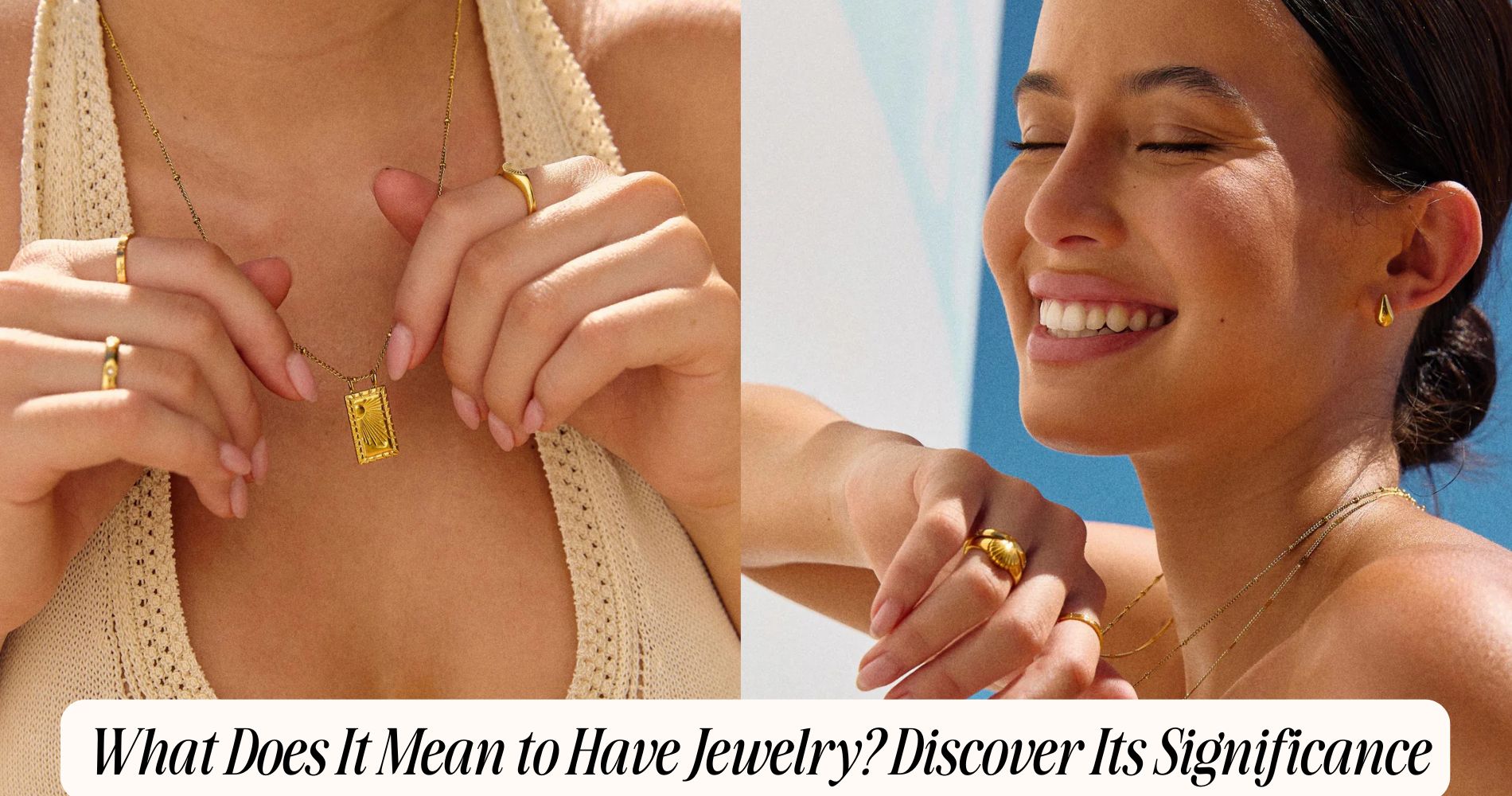




Leave a comment
This site is protected by hCaptcha and the hCaptcha Privacy Policy and Terms of Service apply.